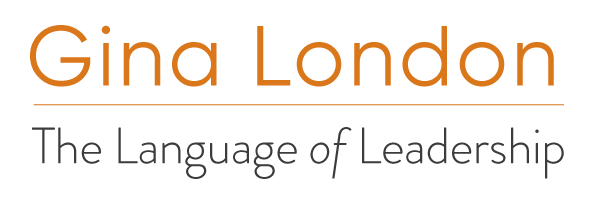Late last month, after successfully launching astronauts into orbit, Elon Musk, company founder of SpaceX which manufactured the spacecraft propelling the two men upward to dock with the International Space Station, admitted a concern.
“The part I worry most about,” Musk told a reporter, “would be reentry.”
The astronauts are not set to return until the end of July at the earliest. Which makes me wonder on behalf of many of you, my dear readers, “When are you planning to return to your offices and are you worried?”
For months now, orbiting around new, unfamiliar work environments, we’ve been in similar situations, haven’t we? We’ve been at risk of floating aimlessly, so we needed to craft new ways of engaging, communicating, interviewing, motivating and, yes, parenting. To keep us tethered. Grounded. Together.
Now that we are readying ourselves for reentry, what are we considering? How are we preparing? What are we feeling? From an employee perspective, our emotional coronacoaster likely careens from exhilaration at the thought of seeing colleagues again to anxiety around a virus that is still not contained. For a management point of view, it’s an interesting mixture of a desire to regain control combined with an understanding for flexibility.
1) Considering everything and everyone = more flexibility
“We have a once in a generational opportunity to design our new normal,” Amanda Zahringer told me as we recently Zoomed. As head of learning and development for one of Ireland’s largest law firms, ByrneWallace, she said she’s not surprised employees are responding to reentry in different ways.
“Some are really ready to move back into the office because they crave the social interaction or perhaps their workspace is more conducive for their work – like an animator who prefers a darkened studio with three screens,” Amanda explained. “Others are highly concerned, uncertain and not ready and that can be for any number of reasons: health, nerves, a parental responsibility or they may have discovered they thrive better from home. We are reaching out to employees to find their preferences and align them with our legal requirements. We’ve expanded our mentoring and coaching programmes to a wider group of people because it moves them from being overwhelmed to overcoming. Communication is critical.”
In organisations with a combined workforce of essential employees and home workers, sensitivity to emotions is also important. Liza O’Brien, HR Director of multi-national pharmaceutical company Ipsen, reminded me that their manufacturing facilities never closed. “We produce medicine in the supply chain and many of our employees got a great sense of pride from going to work every day knowing they were helping people.”
Managers will want to also help provide a sense of reassurance that the same level of safety precautions applied for manufacturing teams will be put in place in the office. Floor plans, desk configurations and other logistics need sorted. “Because of social distancing, we won’t have the capacity to bring everyone else back in immediately,” Liza said. “Fortunately, flexibility is working and mental health remains a top priority. We’re not monitoring hours. We’re seeing that working from home works. People are being trusted to do their workload. Now as we prepare to invite some team members back, we’re encouraging everyone to come forward and share. From every disaster there is opportunity.”
With a team of 150, Cubic Telecom’s Chief People Officer Gillian French echoed Liza and Amanda’s call for surveying every employee. “There’s a minute amount of details,” Gillian began, “We have a comprehensive plan with 75 steps to take before we get back into the office. We are personally checking on everyone’s individual circumstances.”
2) People-first leadership approach = accelerated innovation and change
While companies juggle complexities of personal preferences, government policies and social safety protection, the result is a rapidly evolving post-pandemic workplace.
Avinash Nair, Learning Head for Lenovo’s Asia Pacific divisions who spoke to me from India last week, credits their leaders for setting cultures that encourage accelerated change. “It’s significantly different when you have managers who put people first, who are committed to making their lives better and keeping them engaged. Developing people to help them gain knowledge, build skills and modify behaviours is a part of Lenovo’s culture and that foundation accelerates change and improves margins. We did not lay anyone off during shutdowns, and in most regions, we are still paying bonuses.”
Next Tuesday, I will facilitate a virtual “Idea-fest” hosted by a large multi-national. Among the questions the six teams will be asked to tackle will be the return-to-work challenge. Each team will have two rounds of twenty-minutes each to suggest preliminary solutions. We’re intentionally condensing the exploration times to put accelerated innovation to the test.
3) Embracing flexibility and people-led innovation = Galvanisation of new models
Adapting a more people-first approach is what many companies long talked about but now exponentially more of them are putting words into real action. As Amanda pointed out, “We can’t go back. We are different people now. When in our lifetimes have we had such time to reflect in such a way? People and mental health have been on the agenda for 15-20 years, and now we can all put it at the top where they have belonged.”
One step into the office for man, one giant leap into a new way of working for mankind.
Write to Gina in care of SundayBusiness@independent.ie
With corporate clients in five continents, Gina London is a premier communications strategy, structure and delivery expert. She is also a media analyst, author, speaker and former CNN anchor. @TheGinaLondon







